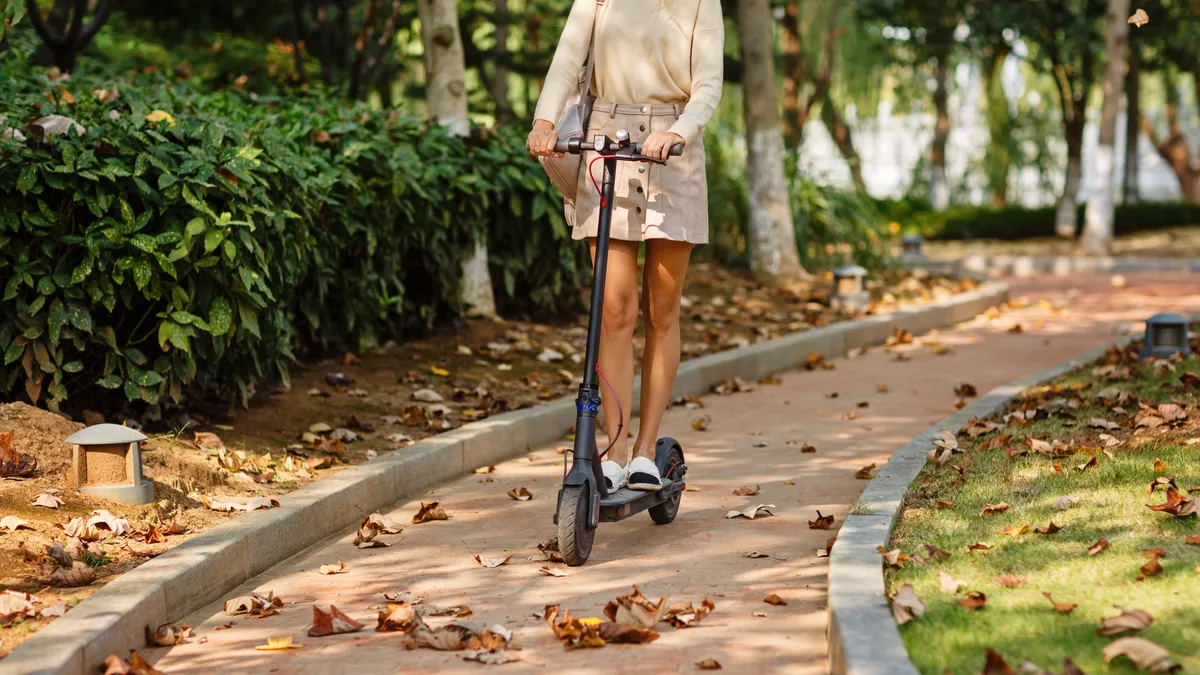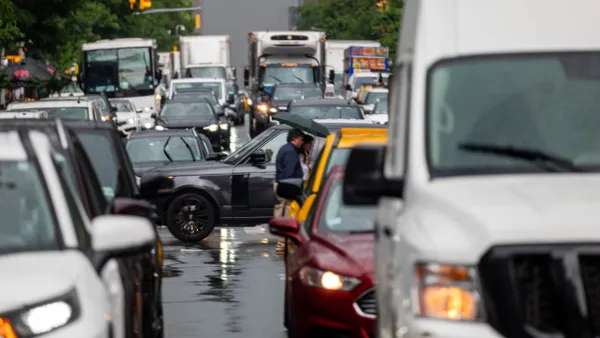Dive Brief:
- Populus added a new tool to its Mobility Manager platform, called Populus Routes, to ingest data from shared bike and scooter operators and present visualizations that enable cities to easily understand where trips are taking place. This adds to other tools in the platform, which are largely focused on device parking.
- "It takes much more complex data — GPS data for every single trip and every single point along a route — and turns that into trip volume data so cities can think about longer range improvements, such as expanding bike lane infrastructure," Regina Clewlow, Populus CEO and co-founder, told Smart Cities Dive.
- The ability to gather and analyze scooter data could be a game changer for city infrastructure and safety improvements, Clewlow said. "Before, many cities had very limited bike and pedestrian data, and also the number of trips they were able to collect data on... was miniscule compared to how much data they're able to get from scooter operators. It's partly because the data is more easily accessible, but it's partly because in some cities there are that many more [scooter] trips happening," she said.
Dive Insight:
Allocating funds toward infrastructure improvements only works if city employees are aware of the places most in need of upgrades. Previously, they had to rely on citizen reports or going out into the field for observations. But technological advancements in data collection have made the process easier, more efficient and more accurate.
The advent of shared e-scooter programs has provided cities with access to an entirely new kind of data. Operating licenses granted to scooter operators can even require companies to share trip data with the local government.
While the focus for using trip data is often on improving citizens' mobility, it can also be used to find areas to improve streets and sidewalks, which has numerous safety benefits. This could align with cities' Vision Zero goals to eliminate traffic injuries and deaths.
The mobility boom — especially bike- and scooter-sharing programs — is also changing citizens' expectations of their transportation environment, Clewlow noted.
"One of the really exciting changes with micromobility is we suddenly have a lot more people asking for safer biking infrastructure. Which, for most transportation planners, is a dream come true because [they] have wanted to expand bike infrastructure for years," she said. "It's very hard to carve out public space for small, sustainable modes. Now we're seeing the explosion of these modes and more people who want to see that infrastructure and want to ride on our streets in safer ways."











